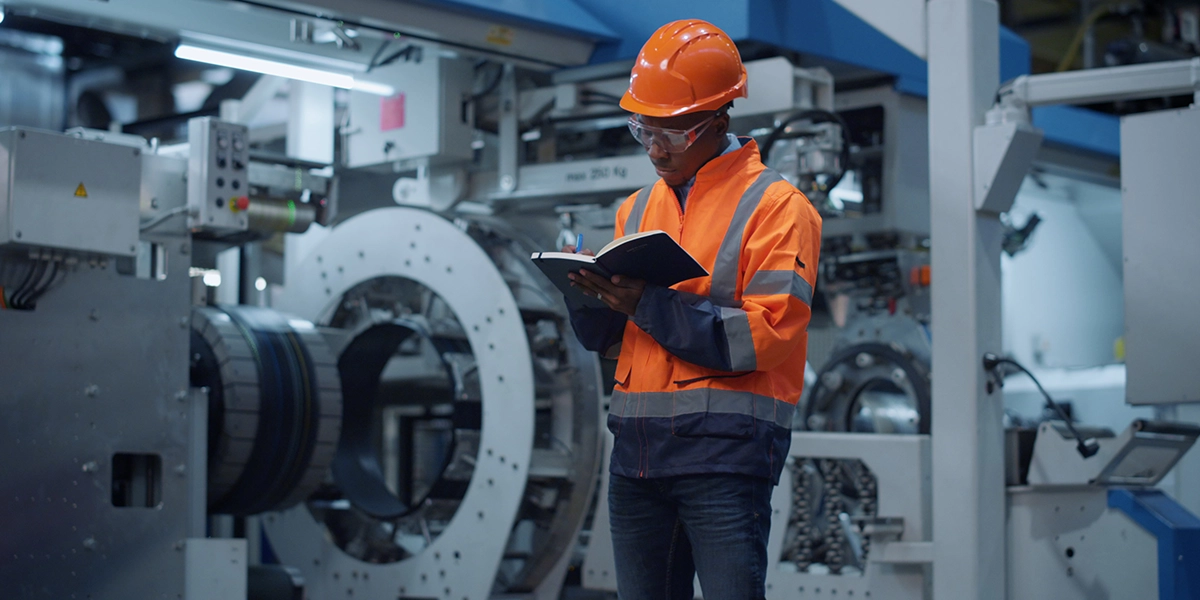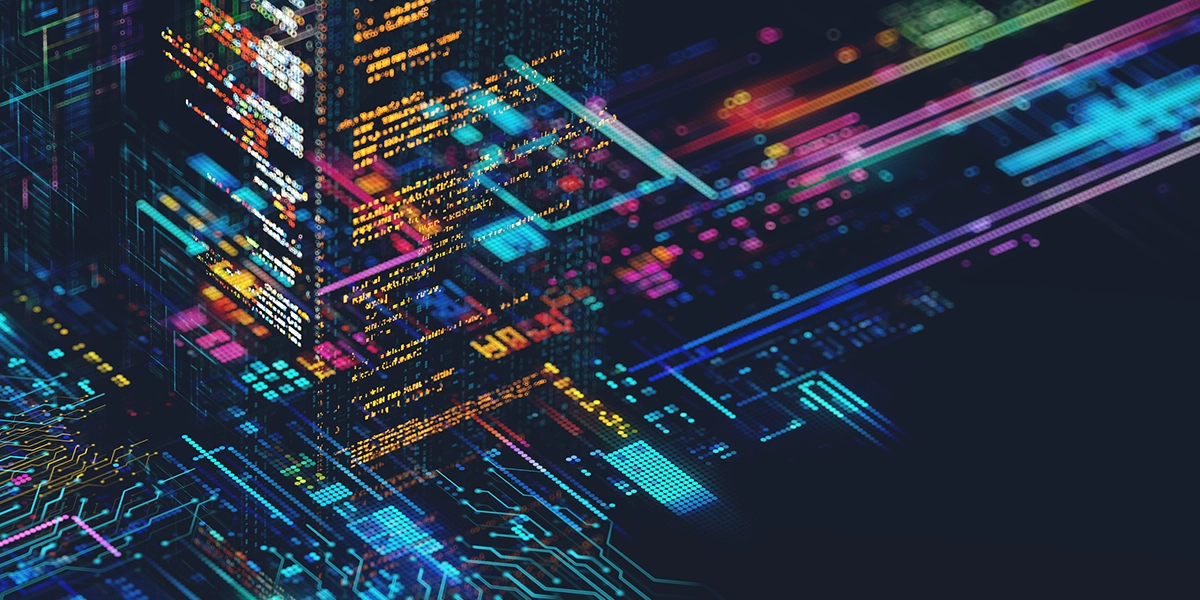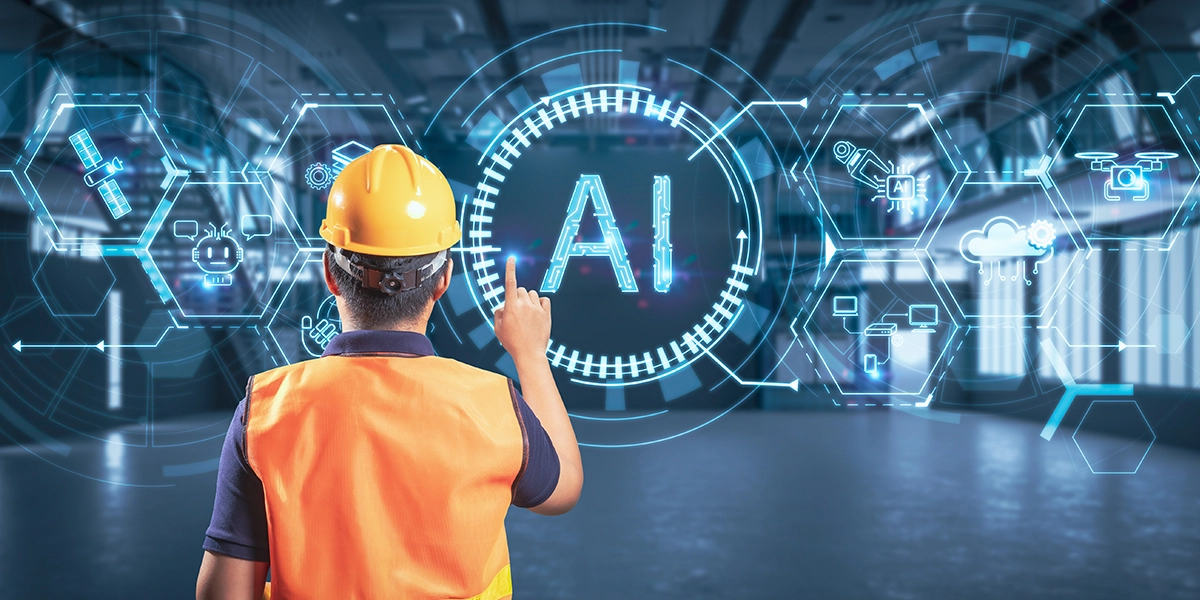RETRIEVAL AUGMENTED GENERATION TO STREAMLINE THE TECHNICAL WRITING PROCESS
Retrieval Augmented Generation (RAG) is, as defined on Wikipedia, “a technique that enables large language models (LLMs) to retrieve and incorporate new information”. Conceptually simple enough. But what function might RAG serve in the realm of technical writing? To understand that we’ll first have to look at the unique demands and process bottlenecks technical writers face every day.
Technical writers have always faced a daunting challenge: transforming massive volumes of engineering data into clear, accurate, and accessible content. Perhaps nowhere is this more crucial than in the automotive industry, where technical documentation, from owner’s manuals to service procedures, must be meticulously precise and up-to-date.
Today, as the complexity of modern vehicles increases with each passing year, that challenge is only greater. In addition to traditional mechanical components, vehicles are now equipped with Advanced Driver-Assistance Systems (ADAS) features like blind spot monitoring and collision avoidance. Throw in infotainment and in-vehicle smartphone connectivity and it is no wonder that traditional methods of content development need to be examined and refined. Old approaches centered on manual research, document parsing, and cross-referencing are no longer sustainable at scale.
In the automotive industry, technical documentation must be meticulously precise and up-to-date.
This is where Retrieval Augmented Generation, or RAG for short, is making an impact. As an advanced AI-driven approach, RAG enables technical writers to access relevant data efficiently, streamlining the process of developing how-to content. Rather than serving as a replacement for the role of the writer, RAG instead serves as an intelligent assistant that enhances efficiency, improves content quality, and reduces the time required to sift through extensive documentation. The human element—writers validating, refining, and contextualizing content—remains indispensable.
What is Retrieval Augmented Generation (RAG)?
At its core, Retrieval Augmented Generation (RAG) is a hybrid AI framework that combines two essential functions:
- Information Retrieval – The AI model actively searches a designated dataset, such as engineering manuals, technical spreadsheets, or proprietary databases, to identify the most relevant data based on a given query.
- Content Generation – Once the relevant information is retrieved, the AI uses natural language generation to synthesize it into a structured and coherent format.
Unlike standard AI models, which generate content based solely on pre-trained data, RAG dynamically retrieves real-time, context-specific information before generating output. This capability ensures that the generated content is not only contextually accurate but also adaptable to newly available data and dynamically updated sources.

For technical writers, RAG offers a powerful advantage. Instead of spending hours manually searching for specific engineering details, they can instantly retrieve the most relevant content and focus on refining and validating it for end-users. In other words, time is saved on mundane and laborious tasks in order to be repurposed for higher-level thinking tasks.
Improving Efficiency Without Eliminating Writers
One of the biggest bottlenecks in technical writing is manual research. Traditionally, a writer might have to sift through hundreds of pages of engineering spreadsheets, product manuals, or internal databases to extract the necessary details for a single paragraph of content. This process is not only time-consuming but also prone to errors, where critical details can be missed or misinterpreted. Incomplete or contradictory data only complicates matters further.

Retrieval Augmented Generation (RAG) eliminates this inefficiency by sifting through data instantly and finding the most relevant data points. However, while it reduces search and retrieval time, it does not eliminate the writer’s role. The retrieved data still needs to be validated to ensure accuracy and relevance. It may also require refinement to align with brand tone, regulatory requirements, and clarity standards.
Without the oversight of experienced technical writers, even the most advanced AI-generated content can lack clarity, miss contextual nuances, or fail compliance checks. That’s not to mention the human element required to structure the content for its intended audience—an audience which is, after all, human.
RAG enhances accuracy by ensuring up-to-date information is always referenced.
Enhancing Accuracy and Eliminating Guesswork
Automotive technical content must be accurate, as it serves as a guide for vehicle owners and service professionals. Vehicles are complicated things and a small error in a troubleshooting procedure, or a repair guideline can lead to costly mistakes—or worse, legitimate safety risks.
To that end, RAG enhances accuracy by:
- Ensuring that up-to-date information is always referenced. For instance, it can be directed to dynamically use the latest service bulletin or software update in its search.
- Eliminating human memory limitations, which can lead to oversight when manually searching extensive engineering documentation.
- Reducing reliance on assumptions, as writers can pull directly from source materials instead of interpreting fragmented information.
However, even with these benefits, accuracy is not automatic. Writers must still cross-check RAG-generated content, as AI cannot yet fully grasp industry-specific nuances, regulatory requirements, or complex engineering principles that require human expertise.
Streamlining Topic Selection and Prioritization
Determining what topics to cover in technical documentation is often a complex decision that is every bit as challenging as the research and writing. Technical writers need to assess:

- Which features require user guidance?
- What common issues should be preemptively addressed?
- Which troubleshooting steps are most critical for service professionals?
- Which topics are just “noise” that could actually complicate more relevant information?
RAG can assist by analyzing high-frequency queries, technical support logs, and engineering updates to spotlight the most relevant topics. However, human judgment remains essential to interpret these insights. For example, while RAG may indicate that a certain sensor issue appears frequently, a technical writer must decide whether it warrants an in-depth guide or just a minor note in troubleshooting documentation. Data is not always black-and-white, and nuance remains a large part of interpretation.
Security and Firewalled Data Access
Understandably, one of the biggest concerns surrounding AI adoption in technical writing is data security. Many generative AI models operate in an open internet environment, meaning sensitive internal documentation could be inadvertently exposed if used improperly.
Unlike public AI models, a well-implemented RAG system operates within a firewalled, controlled environment, ensuring that proprietary engineering data remains protected. This means that technical writers can confidently leverage AI-driven retrieval tools without compromising customer data or intellectual property.
What’s Next?
Retrieval Augmented Generation represents a major breakthrough in technical writing efficiency. Its complementary role to human expertise makes it a powerful tool. It is not a replacement for technical writers, but rather a tool that empowers them, allowing them to focus on content accuracy, clarity, and user experience rather than time-consuming data searches.
As with any advancement in any line of work, there are learning curves to be conquered, developments yet to be dreamed up, and standardization and protocols still to be determined. What is clear at this point is that RAG is the way of the future in technical writing and the road ahead is very exciting.




